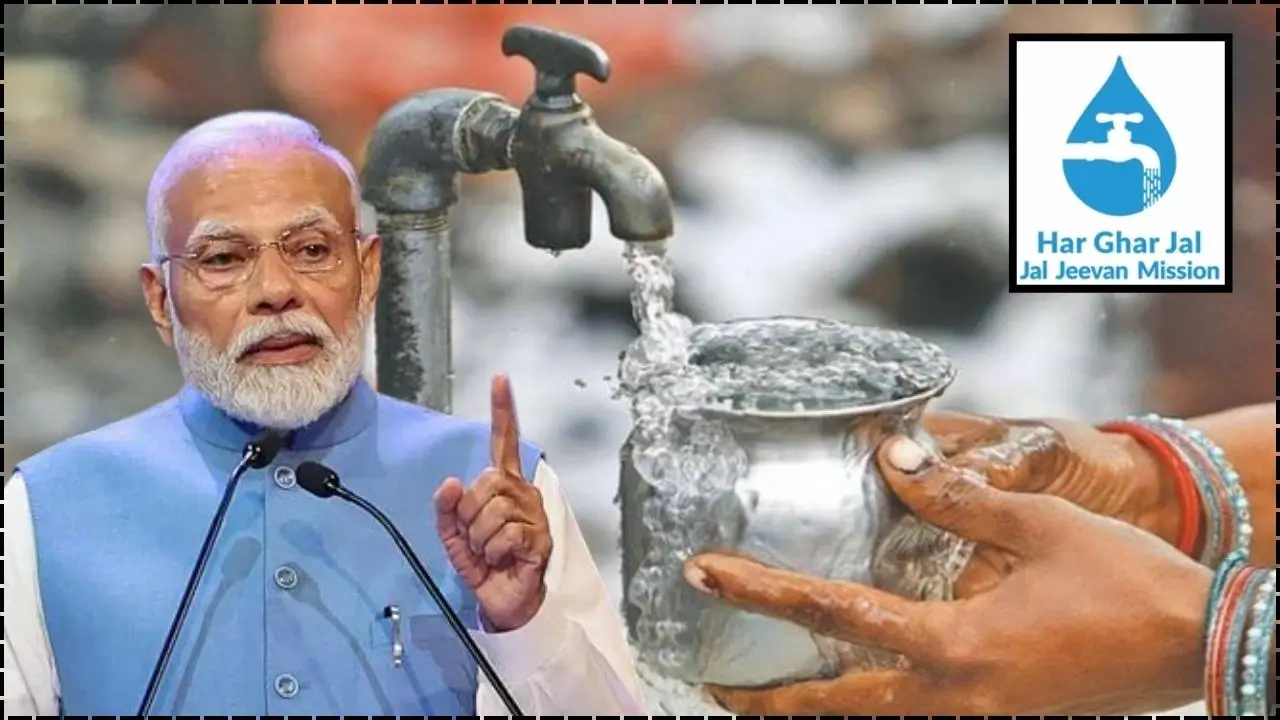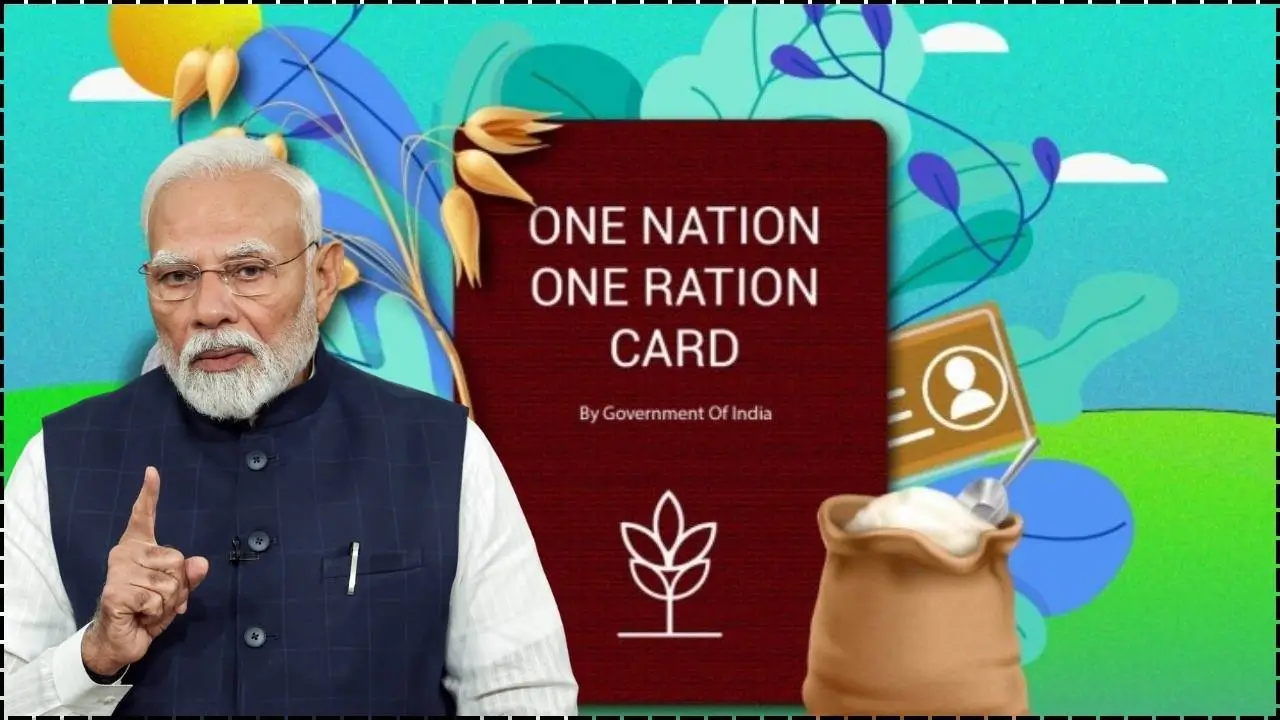The GST reforms for insurance and healthcare in 2025 are an important step towards creating a more accessible and affordable healthcare and insurance ecosystem in India. By reducing premiums for health and life insurance and lowering the tax burden on medical equipment, the government has made it easier for citizens to access the protection and treatment they need.

These reforms, if successfully implemented, could transform the way insurance and healthcare are perceived and accessed in the country, fostering a healthier, more secure society. India’s Goods and Services Tax (GST) system is undergoing key reforms in 2025 that will significantly impact the insurance and healthcare sectors.
These changes aim to streamline the tax framework, reduce financial burdens on citizens, and increase accessibility to insurance and medical services. Here’s an in-depth look at what the reforms entail, who will benefit, and how they will reshape these critical industries.
Key Features of the GST Reforms for Insurance and Healthcare
1. Zero GST on Individual Health and Life Insurance Premiums
One of the most notable changes in the 2025 GST reforms is the exemption of individual life and health insurance premiums from GST. Previously taxed at an 18% rate, this move will directly reduce premiums for policyholders. The key benefits include:
- Affordable Coverage: By removing the 18% tax, the cost of life and health insurance will be reduced, making it more accessible to a wider section of the population.
- Increased Insurance Penetration: With lower premiums, more people are likely to invest in health and life insurance policies, contributing to a healthier, more financially secure population.
These changes are expected to be in effect by the end of 2025 and apply to individual policies, including term life, unit-linked insurance plans (ULIPs), and family floater health plans.
2. GST on Medical Equipment Reduced to 5%
The GST on essential medical equipment has been reduced from 18% to 5% under the new reforms. This will impact a wide array of medical goods, including:
- Diagnostic Equipment
- Medical Instruments (such as ventilators, defibrillators, and imaging devices)
- Personal Protective Equipment (PPE), including masks, gloves, and face shields.
This reduction aims to lower the operational costs for healthcare providers and improve the affordability of medical treatments for the public. Hospitals and clinics will now see a decrease in the cost of acquiring necessary equipment, potentially leading to better healthcare services.
3. No GST on Reimbursement for Medical Treatments under Insurance Policies
Another crucial change in the GST reforms is the exemption of GST on medical reimbursements provided through health insurance policies. This includes:
- Hospitalization Expenses
- Daycare Treatments
- Emergency Medical Services
Patients who are reimbursed for medical expenses through their health insurance plans will no longer face any GST charges on the reimbursement amount. This move enhances the financial protection provided by health insurance policies, making healthcare more affordable for policyholders.
Impact on Stakeholders in Insurance and Healthcare Sectors
For Policyholders
The reforms aim to make health and life insurance policies significantly more affordable for individuals:
- Reduced Premiums: The removal of the 18% GST on individual policies will lower the upfront cost of purchasing life and health insurance, encouraging more people to secure coverage for themselves and their families.
- Increased Accessibility: As the cost of premiums falls, insurance coverage will become more accessible, particularly for lower- and middle-income groups.
For Insurers
Insurance companies will benefit in several ways:
- Expanded Market Reach: With lower premiums and more affordable coverage, insurers can expect an increase in the number of policyholders, thereby expanding the overall market.
- Operational Challenges: While the reform reduces premiums for customers, it also limits the scope for insurers to recover costs through taxation. Insurers may need to adjust their pricing strategies and operational models to remain profitable.
- Compliance Adjustments: Insurance companies will need to update their pricing and operational structures to ensure compliance with the new tax rules.
For Healthcare Providers
The reduction in GST on medical equipment will have a significant impact on hospitals, clinics, and other healthcare providers:
- Lower Equipment Costs: Hospitals will benefit from lower procurement costs for medical equipment, which can translate into savings for both healthcare providers and patients.
- Improved Access to Technology: With reduced tax rates on essential medical goods, healthcare facilities may be able to invest in more advanced diagnostic tools and treatments, improving the overall quality of care.
Related Links
Integrated Government Online Directory: A State-by-state List of Important State Government Websites
Apply for Sikkim Residence Certificate Online: Here’s the Online Process
Apply for Himachal Pradesh Bonafide Certificate Online: Here’s a Step-by-Step Guide
How Will the Reforms Affect Public Healthcare?
For Patients and Consumers
The reforms are expected to provide more cost-effective access to healthcare and insurance, especially in a post-pandemic world where medical expenses have surged. Lower premiums for insurance and reduced taxes on medical goods will enable more individuals to afford comprehensive health insurance policies and treatments.
Improving Health Outcomes
By reducing the cost of insurance premiums and medical treatments, the government hopes to encourage more people to seek early and preventative care, improving overall public health outcomes. This is especially important in rural and underserved urban areas, where healthcare access remains limited.
Future Outlook for GST Reforms in Healthcare and Insurance
The GST Reforms 2025 are part of India’s broader push towards inclusive healthcare and financial protection. The full impact of these reforms will unfold over the coming years, but early indications suggest that they will:
- Increase insurance coverage among underserved populations
- Boost the healthcare sector’s infrastructure, improving access to quality medical care
- Encourage the private sector to participate more actively in providing affordable healthcare and insurance services
In the long run, the government’s focus on inclusive growth and reducing healthcare costs will likely support the sustainable development of India’s healthcare system and insurance industry.
















